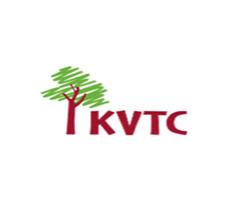Case study: KVTC
The Kilombero Valley Teak Company (KVTC) operates a 23,000 hectare plantation and industrial sawmill in southern Tanzania. It is owned by the USA-based Global Environment Fund (GEF) – a private equity fund specialising in clean energy, energy efficiency and forestry.
The challenge
The land on which KVTC operates is leased from 14 communities. KVTC draws most of its labour through contractors based in these communities and contributes to local development in a number of ways – as a provider of fair employment, infrastructure and by contributing to a Social Fund in each village. These communities are also most directly affected by the operations of the Company. Their cooperation and goodwill is essential to sustain a collaborative approach to forest and fire management.
The data
COVOXworked closely with GEF and KVTC to design a system for collecting and analysing perceptual feedback on key relationship performance dimensions and community impacts. These included perceptions of wages and working conditions, community knowledge of the industry operating environment and constraints, community harm to the forest (including arson), conservation and procurement policies and contribution to local economic and social development.
Three independent surveys were carried out among
- The surrounding community
- Contract workers of labour contractors and direct company employees.
- Contract service providers.
Feedback was analysed using the net promoter analysis and compared by location, length of employment, age, sex, job grade, education level and household income.
Feedback was also compared with other data such as absenteeism, productivity and arson – and significant correlations were found between perception scores and: (a) profitability-impacting destructive behaviours and (b) corporate investments in the community. Key risk-predictive indicators were identified.
Using the data
COVOX helped management think about how to respond to the data which included:
-
Discussing the feedback in community and worker forums to deepen mutual understanding and make mutual commitments to address issues and improve relationships
-
Improving communications strategies
-
Identifying where community and worker outreach programs were and were not appreciated
-
Including feedback data into monthly management reports
-
Monitoring the risk-predictive indicators and effectiveness of community engagement through light touch and continuous feedback using Constituent Voice™.
